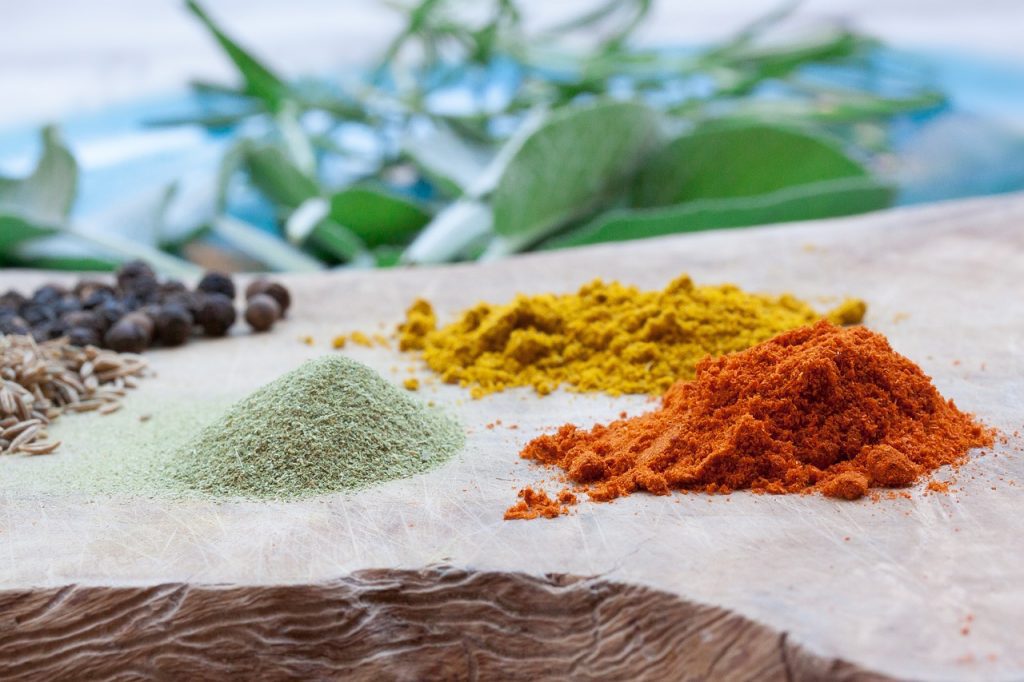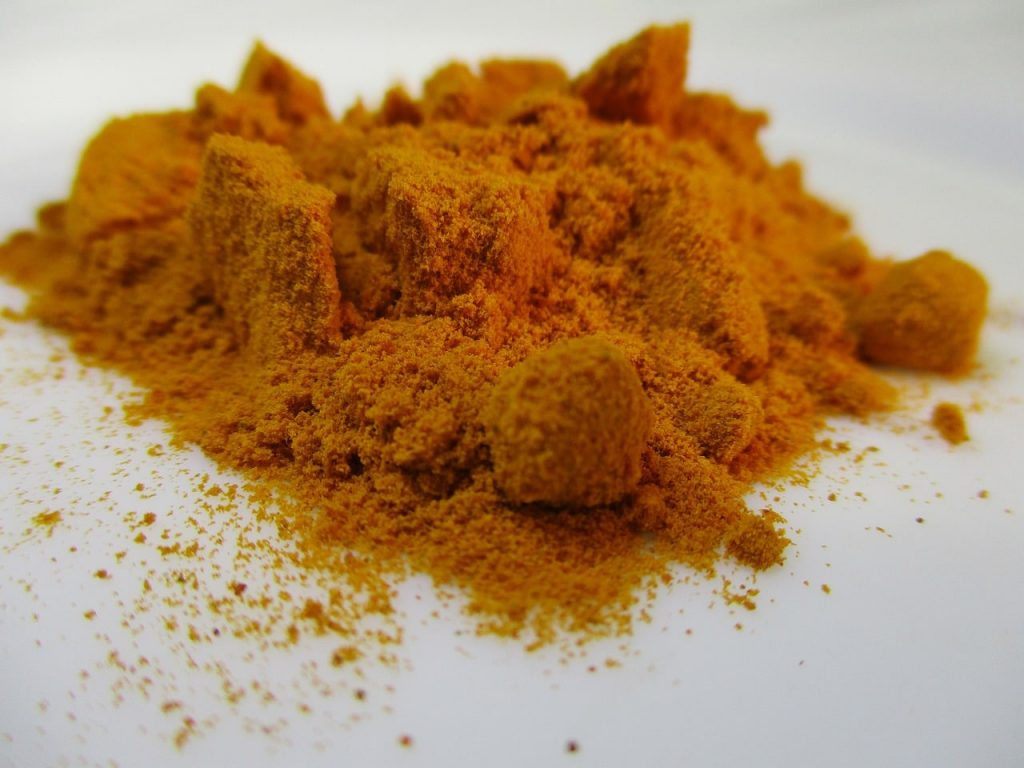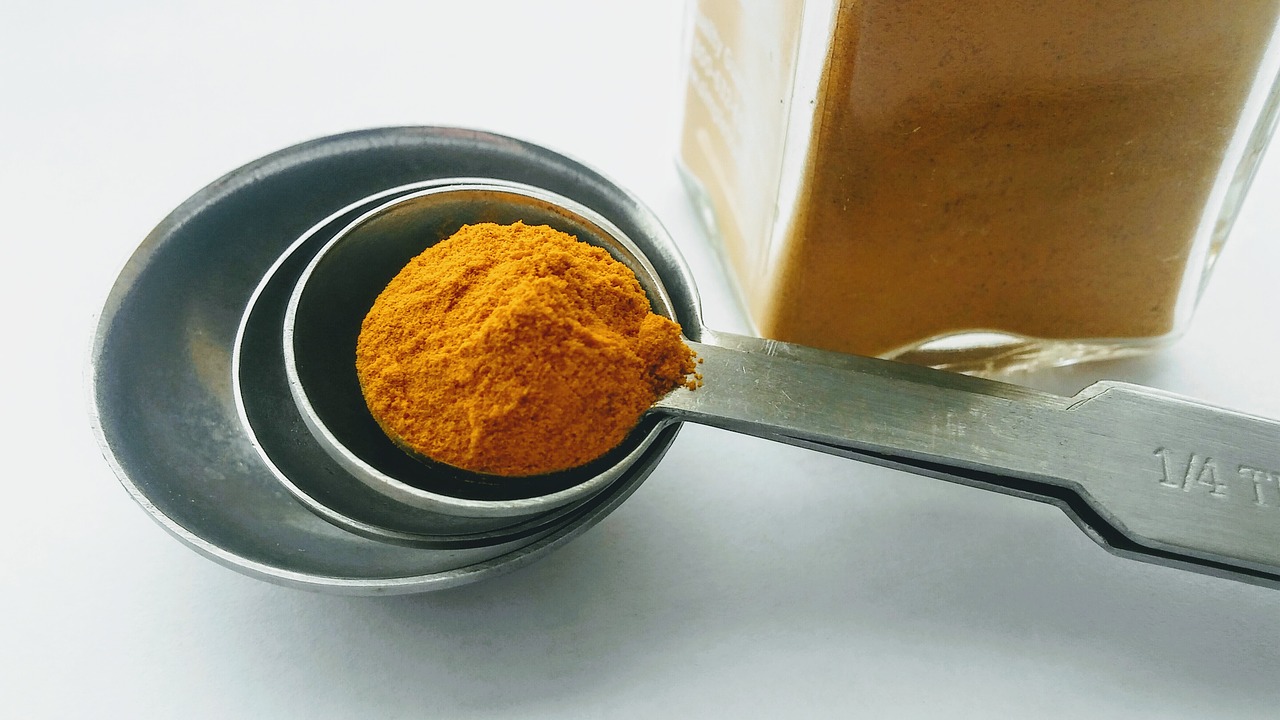Curcumin in turmeric is the component that helps to increase the anti-inflammatory properties of turmeric. This is also the component that adds to the medicinal value of the spice and promotes its anti-inflammatory characteristics.
Recommended Dosage of Turmeric
The healthy, correct and recommended dosage of turmeric a day ranges from 500 milligrams to 2000 milligrams. In India, people usually consume 2000 milligrams to 2500 milligrams per day. Turmeric consumed for health issues is in extract forms and are not in a spice form. This makes a major difference because the turmeric, as a spice, typically has only 3-5% of curcumin chemical component in it, while turmeric, as a medicinal extract, has 95% of the curcumin chemical component in it.
Though curcumin has many medicinal and anti-inflammatory purposes, one should always consume it in the right quantity to get the full benefit from it. However, each health issue requires the person to consume a certain amount of turmeric every day for proper results. The amount one needs to consume depends on the type and intensity of one’s ailment.
Related Reading:
15 Proven Benefits of Turmeric Milk For Health, Hair & Skin
6 Wonderful Alternatives For Turmeric
The dosage for each illness varies drastically, so, one should pay very close attention to the amount of turmeric extract they are consuming so that they get the proper health benefits and also not suffer from any side effects of overdosage of turmeric extracts.
A person who suffers from osteoarthritis is advised a total of 1000 milligrams of turmeric extract, which is divided into two for consuming it twice a day. (Please consult your doctor before starting on any kind of continued usage of turmeric for medicinal purposes)

People who are suffering from high cholesterol levels may be advised to consume a total amount of 1400 milligrams of turmeric medicinal extract. *
A person who is suffering from itching or skin rashes is advised to have a dosage of 1500 milligrams of turmeric medicinal extract in total during a day. *
A person, who has been diagnosed with inflammatory diseases, is advised to consume 1000 milligrams a day in total.*
*(Please consult your doctor before starting on any kind of continued usage of turmeric for medicinal purposes)
Best Way to Consume Turmeric
One of the best ways to use turmeric as a medicine is by combining it with black pepper to make a power-packed medicine. When the turmeric and black pepper are mixed together, they result in a combination that can be used for many types of ailments. The pairing of turmeric with black pepper is considered the pairing of two powerful ingredients. Therefore, it helps the medicine to work efficiently and help in curing the ailment faster than ever.
The way, in which the pairing the two spices work is that the pepper helps in making the turmeric extract to go all the way to the gut to cure the region that is inflamed. The chemical compound curcumin does not have the ability to make the extract reach the guts. This is where pepper comes into play and helps the medicinal turmeric extract reach the guts.
If you are taking turmeric as a medicine for a specific purpose, you have to ensure that the spice reaches your gut to give the desired results. Else, it will be a waste because if the medicine can’t reach the guts, then it can’t do the healing work properly.
Also Read: What Is The Difference Between Turmeric And Curcumin

Who should take care?
Turmeric should not be advocated for some people who have certain medical conditions.
- People, to whom turmeric extract medicine should not be given, are pregnant and breastfeeding women because there is no evidence of any health benefits of turmeric in this case.
- People with gall bladder disease should not consume any turmeric extract medicine because it can make the gall bladder to shrink and worsen the disease.
- People, who have bleeding disorders, should also not take turmeric extract medicine. This is because the extract can slow the blood clotting process which in turn will make the bleeding to worsen.
- People with iron deficiency should not consume turmeric extract as medicine, as it can absorb the iron and make the situation worse than before.
- People who have diabetes cannot consume turmeric extract medicine because it can make blood sugar levels to drop too low.
- Too much turmeric extract medicine can result in kidney stones formation. The kidney stones are formed when the high-oxalate turmeric extract medicine combines with calcium.
Things to Keep in Mind Before Opting for the Ayurvedic Medicine – Turmeric
The marketing companies may use the natural quality of the turmeric as bait for consumers and lure them into buying certain products. They may sell products that have very little turmeric extract by claiming that their products would help to reduce inflammation because of the anti-inflammatory nature of the turmeric.
They may also advertise the product by saying that the product contains anti-inflammatory quality just because there is a minimum amount of turmeric in it. In reality, the product might contain other toxic ingredients, which do more harm than good to your body. So, it is always better to check the ingredients used and see the quantity of turmeric in it before buying a product to avoid any kind of exploitation by the seller.
Frequently Asked Questions
Here we tired to answer few of the frequently asked question on turmeric.
1. Are there different kinds of turmeric?
There are two kinds of turmeric available around the country. Madras turmeric and Alleppey turmeric.
Madras variety is a pale yellow turmeric, best used when you want a very bright yellow colour rather than a strong flavour, for example, when making pickles. It has a very gentle flavour that is good to use with delicate flavoured food like seafood.
Alleppey turmeric is best to use in curries because of its rich and more earthy taste and stronger flavour. Its name comes from the port of Alleppey in South India where the turmeric was originally traded.
Alleppey turmeric is a darker yellow and found in most South Indian dishes.
2. What is the best way to store raw turmeric?
Store raw turmeric (should be absolutely patted dry) in a resealable bag and place it in the fridge’s crisper. It stays quite happily for up to 2 weeks, although it will deteriorate in flavour and quality over time. Do not freeze raw turmeric because it will turn to mush upon defrosting.
3. Does turmeric stain your teeth?
Turmeric gives curry that wonderful yellow color and it does the same for your teeth. But it is not just turmeric that stains your teeth. There are many other foods and beverages that are equally responsible for staining you teeth. For example- wine, coffee, tea, curries, cigarettes, etc. Good oral habits can help you maintain a sparkling smile and regular visit to the dentist also makes sure that your teeth no longer look pale and yellowish. Under no circumstances you should avoid consuming turmeric because of all the benefits it provides to your body.
4. Can ginger and turmeric be taken together?
The two ingredients work well together in salad dressings, stir-fries, and sauces to add a burst of flavor and health benefits to your favorite recipes. However, pairing turmeric with black pepper is more ideal usually.
5. How does haldi doodh benefit and can I take it everyday?
Haldi doodh is a remedy for almost all possible ailments and not more than a pinch of haldi should be added to a glass of milk, if you are considering adding Haldi Doodh to your regular diet. Here are some of the common benefits that can be achieved-
1. Having milk at night is anyway beneficial for health and it induces good sleep. When teamed with haldi, it also acts as an anti-ageing tonic.
2. Haldi doodh fastens the recovery from an injury. Most people drink haldi doodh after a physical trauma, sickness or surgery to speed up the healing.
3. Haldi has antiseptic, anti-inflammatory properties, anti-microbial and anti-allergic properties
4. Having haldi doodh is also beneficial in treating joint and bone issues including arthritis and rheumatoid arthritis.
5. It also helps with fighting skin infections, disorders and allergies.
6. Can I cook with Raw turmeric?
Raw turmeric root which isn’t dried yet, has a considerable water-content and so you can use it in milk or regular cooking.
Slicing the turmeric very finely and adding it to a little bit of heated oil with cumin seeds or fenugreek seeds makes for a nice base for any curry. It can also be used in dals.
Grate up some fresh turmeric, add some honey and lemon juice, then add some hot water and let it steep for 10 minutes, this makes an excellent turmeric tea.
Another popular beverage is turmeric latte- Simmer grated turmeric and ginger along with a few black peppercorns, cinnamon stick, and cardamom pods in milk for several minutes. Strain and serve with a touch of honey.
7. How can I tell if haldi is pure and not adulterated?
Take some turmeric powder in a transparent glass and add a few drops of water and concentrated hydrochloric acid to it. Next, shake it vigorously. A pink colour to the mixture indicates the presence of metanil yellow. If the mixture releases small bubbles, it indicates the presence of chalk powder. (Caution- this test should not be carried out at home as it involves the use of concentrated hydrochloric acid)
To detect the presence of lead chromate, mix a teaspoon of turmeric powder with water. If adulterated, it will immediately leak streaks of water-soluble colour.
Another easy way to check adulteration is to add a teaspoon of turmeric to a glass of warm water. Do not stir it and leave it still for a while. Check after about 20 minutes. If the powder settles down at the bottom of the glass with clear water above, the turmeric is pure. Cloudy water indicates possible adulteration.
Final Words
We finally want to conclude that curcumin the compound present in the turmeric has numerous benefits. But the overconsumption of it may lead to some side effects. So, it’s always recommended to monitor its daily usage. The safe limit of consuming turmeric is 1000mg – 2000mg per day.
People suffering from bleeding disorder, iron deficiency or gall badder disease should have a special attention while consuming it. As if not taken under proper care may worsen your symptoms.





